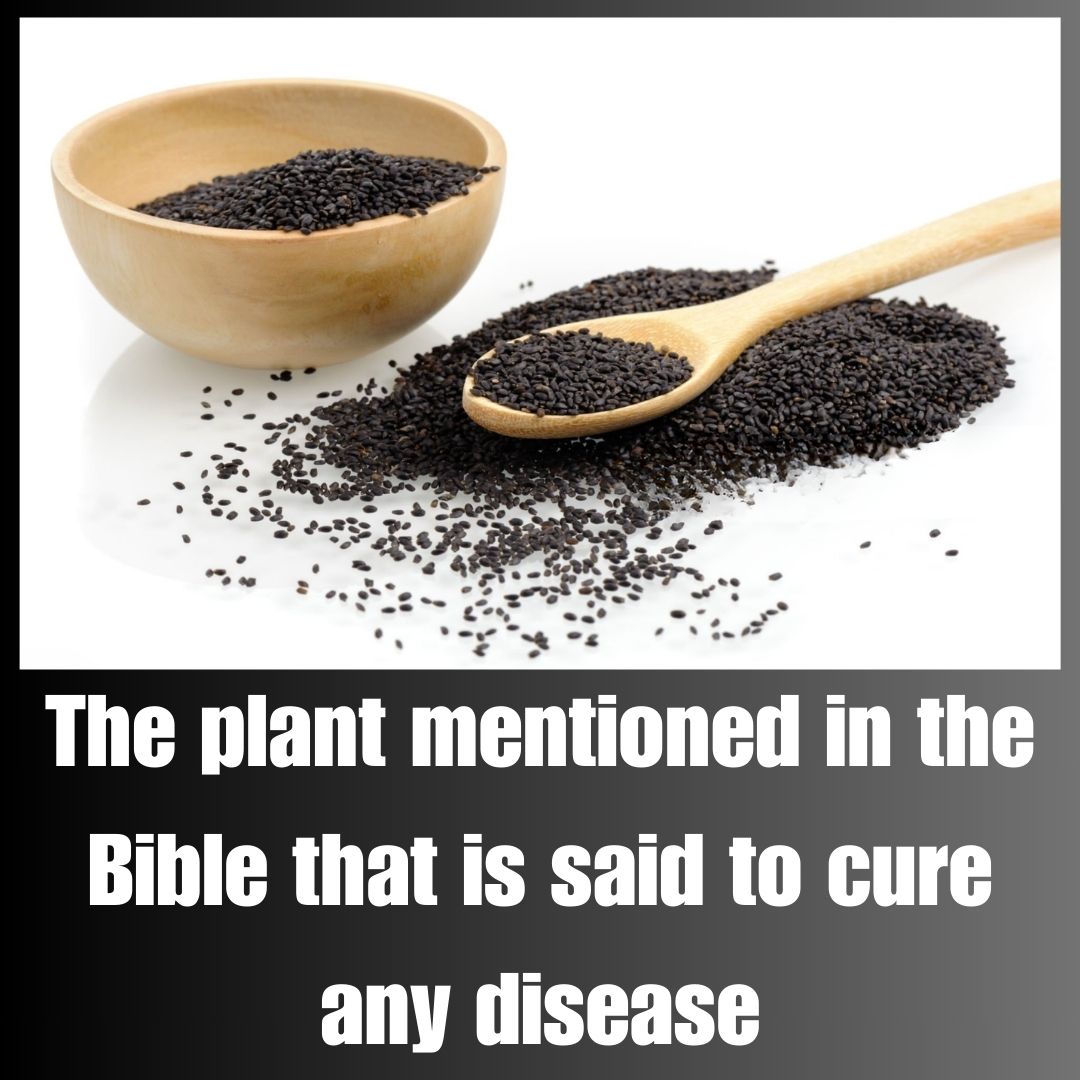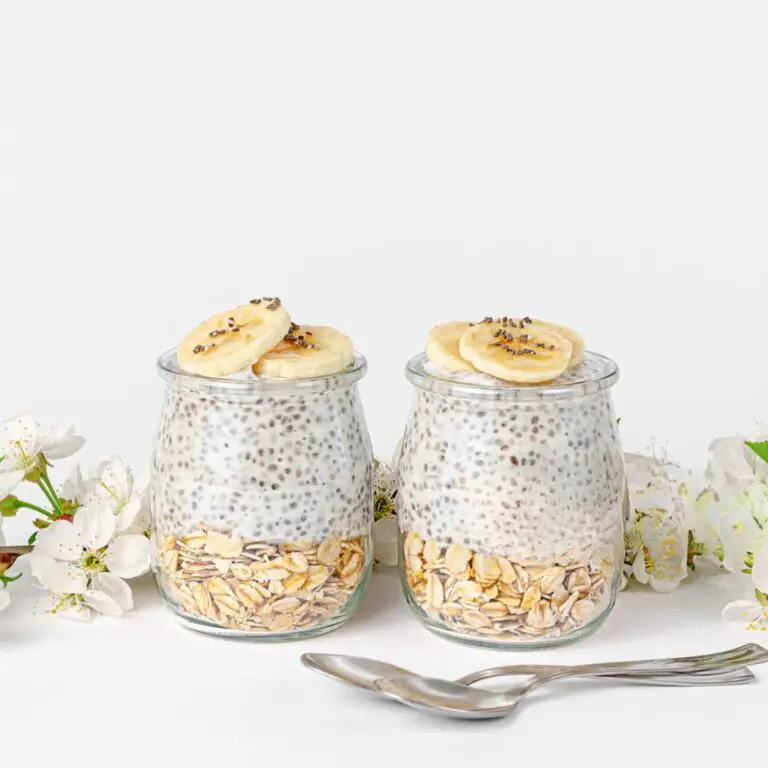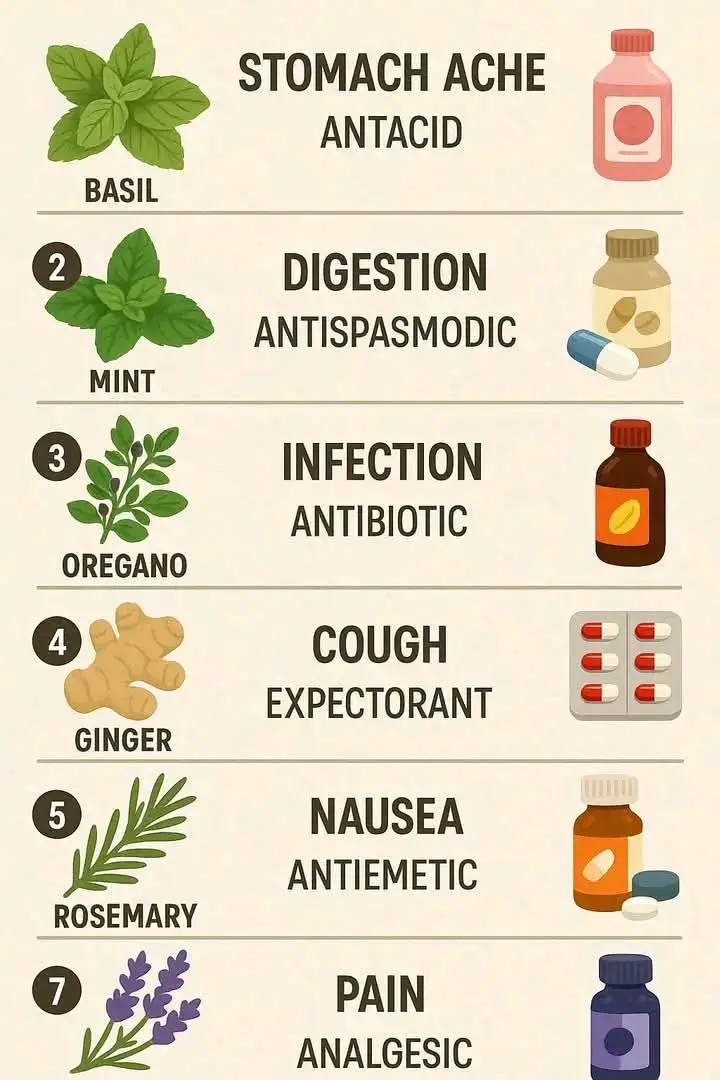The Plant Mentioned in the Holy Books That Is Said to Cure Any Disease: Unveiling Nature’s Miraculous Remedy
Introduction: Unlocking the Secrets of a Divine Healer
Throughout history, countless civilizations and cultures have revered plants as gifts from the divine, with some regarded as miraculous cures for ailments both minor and severe. Among these revered plants, one stands out prominently in holy scriptures and ancient texts, celebrated as a universal healer — a plant said to cure any disease. The allure of such a remedy has fascinated scholars, healers, and believers alike, blending faith, folklore, and science.
In this comprehensive exploration, we delve into the fascinating story of this sacred plant — its historical and spiritual significance, its potential healing properties, and how it continues to inspire modern natural medicine. Whether you’re a health enthusiast, a curious spiritual seeker, or simply someone who loves natural remedies, this article offers you a deep dive into an ancient legend with profound relevance today.
Why You’ll Love This Recipe for Healing and Wellness
What makes this plant truly captivating isn’t just the mystical aura around it, but the timeless hope it represents: the promise of healing from nature’s own pharmacy. Unlike synthetic drugs that target symptoms, this divine plant embodies holistic wellness — nourishing the body, mind, and spirit.
You’ll love learning about this plant because it beautifully combines faith and science, history and health, offering a unique perspective that transcends cultures and time. This isn’t just a story or a myth; it’s a call to rediscover the natural world’s hidden treasures that modern medicine is only beginning to understand. Plus, the preparation of this plant for health benefits is simple and rooted in tradition, making it accessible to anyone wanting to integrate natural healing into their lifestyle.
Ingredients: What You Need to Harness This Sacred Plant
In the realm of traditional medicine, the plant itself is the star ingredient. However, when preparing it for consumption or topical use, it’s often combined with complementary natural ingredients that enhance its effects.
- Sacred Healing Plant (varies by tradition — commonly Moringa oleifera, Neem, or Holy Basil / Tulsi)
- Fresh filtered water (for infusions or decoctions)
- Raw honey or natural sweeteners (optional, for taste and added antibacterial benefits)
- Lemon or lime (to boost vitamin C and aid absorption)
- Fresh herbs such as ginger or turmeric (optional, for anti-inflammatory synergy)
These simple ingredients amplify the healing power and make the preparation both delicious and effective.
Necessary Tools: What You’ll Need to Prepare This Divine Remedy
To honor the tradition and maximize benefits, gather these tools:
- A clean glass or ceramic teapot (to preserve taste and purity)
- A fine mesh strainer or cheesecloth (for filtering plant material)
- A sharp knife and cutting board (for preparing fresh herbs or leaves)
- A heatproof cup or jar (for steeping and serving)
- A measuring spoon (for accurate dosage)
Using these tools ensures a clean, effective preparation process, preserving the integrity and potency of the plant.
Ingredient Swaps and Additions: Customize Your Healing Brew
Flexibility is key when working with natural remedies. Depending on availability and taste preferences, you can swap or add ingredients to create a personalized healing concoction:
- If you don’t have access to the traditional plant, consider Moringa or Holy Basil (Tulsi) as alternatives—both revered for their broad healing properties.
- Add fresh ginger to boost circulation and digestion.
- Include turmeric powder for enhanced anti-inflammatory and antioxidant effects.
- Substitute honey with maple syrup or stevia for sweetness if you prefer a vegan or lower-calorie option.
- For a refreshing twist, add a sprig of mint or a slice of cucumber.
Each addition complements the sacred plant’s inherent healing qualities, creating a soothing and potent remedy.
Step-by-Step Instructions: Preparing Your Healing Plant Remedy
Step 1: Harvest or Source Your Sacred Plant
If you’re harvesting fresh leaves, do so in the early morning when their potency is highest. If using dried leaves or powder, ensure it’s sourced from a reputable supplier.
Step 2: Prepare the Plant for Use
Wash fresh leaves gently with cool water to remove dirt. For dried leaves, measure about 1 to 2 teaspoons per cup of water.
Step 3: Boil and Steep
Bring filtered water to a boil. Pour over the plant material and cover. Let it steep for 10 to 15 minutes. This extraction process releases beneficial compounds into the water.
Step 4: Strain the Mixture
Using a fine mesh strainer or cheesecloth, filter the infusion into your serving vessel to remove leaf debris.
Step 5: Add Flavor and Boosters
Mix in honey, lemon, ginger, or turmeric as desired, stirring well.
Step 6: Serve Warm and Enjoy
Sip slowly to enjoy the flavor and absorb the healing essence.
Pro Tips for Success: Getting the Most from Your Healing Plant
- Always use fresh, organic ingredients to avoid contaminants.
- Avoid metal containers during steeping; glass or ceramic helps maintain purity.
- Drink the infusion fresh to preserve antioxidants.
- Start with smaller doses to observe your body’s response.
- Store dried plant material in airtight containers away from light to maintain potency.
Serving Suggestions: Creative Ways to Enjoy Your Healing Brew
- Serve hot as a comforting tea to soothe colds or fatigue.
- Chill and enjoy as a refreshing iced tonic in summer.
- Use the infusion as a base for herbal smoothies.
- Mix into honey or natural syrups for topical healing applications.
- Incorporate the leaves or powder into soups and stews for a nutritional boost.
Storing and Reheating: Keeping Your Remedy Fresh and Effective
Store leftover infusion in the refrigerator in a sealed glass jar for up to 24 hours. Reheat gently on low heat without boiling to avoid destroying delicate compounds. Avoid microwaving as it can alter flavor and efficacy.
Nutritional Information: What Makes This Plant So Special?
- Rich in antioxidants (vitamins C, A, E)
- High in essential minerals (calcium, potassium, magnesium)
- Contains anti-inflammatory compounds (flavonoids, polyphenols)
- Provides antibacterial and antiviral properties
- Supports immune system function
This plant offers a nutritional powerhouse in every serving, promoting overall health beyond symptom relief.
FAQs About the Sacred Healing Plant
Q1: Is this plant safe for everyone?
Generally yes, but consult your healthcare provider if pregnant, nursing, or on medication.
Q2: How long does it take to see benefits?
Effects vary; some feel relief within days, others benefit from consistent use over weeks.
Q3: Can I grow this plant at home?
Yes, many varieties thrive in home gardens with minimal care.
Q4: Does the plant interact with medications?
Certain compounds may interact; always check with a professional if combining with prescription drugs.
Q5: Can children consume this remedy?
In mild doses, yes, but always under adult supervision and guidance.
Conclusion: Embrace the Healing Wisdom of Ancient Nature
The sacred plant mentioned in holy books stands as a timeless testament to nature’s extraordinary healing potential. It bridges spirituality, culture, and science, reminding us that wellness is deeply rooted in natural harmony. By embracing this ancient remedy, you’re not only nourishing your body but connecting to a profound legacy of holistic healing.
Why wait? Start your journey with this divine plant today, and discover a new path to health and vitality.







